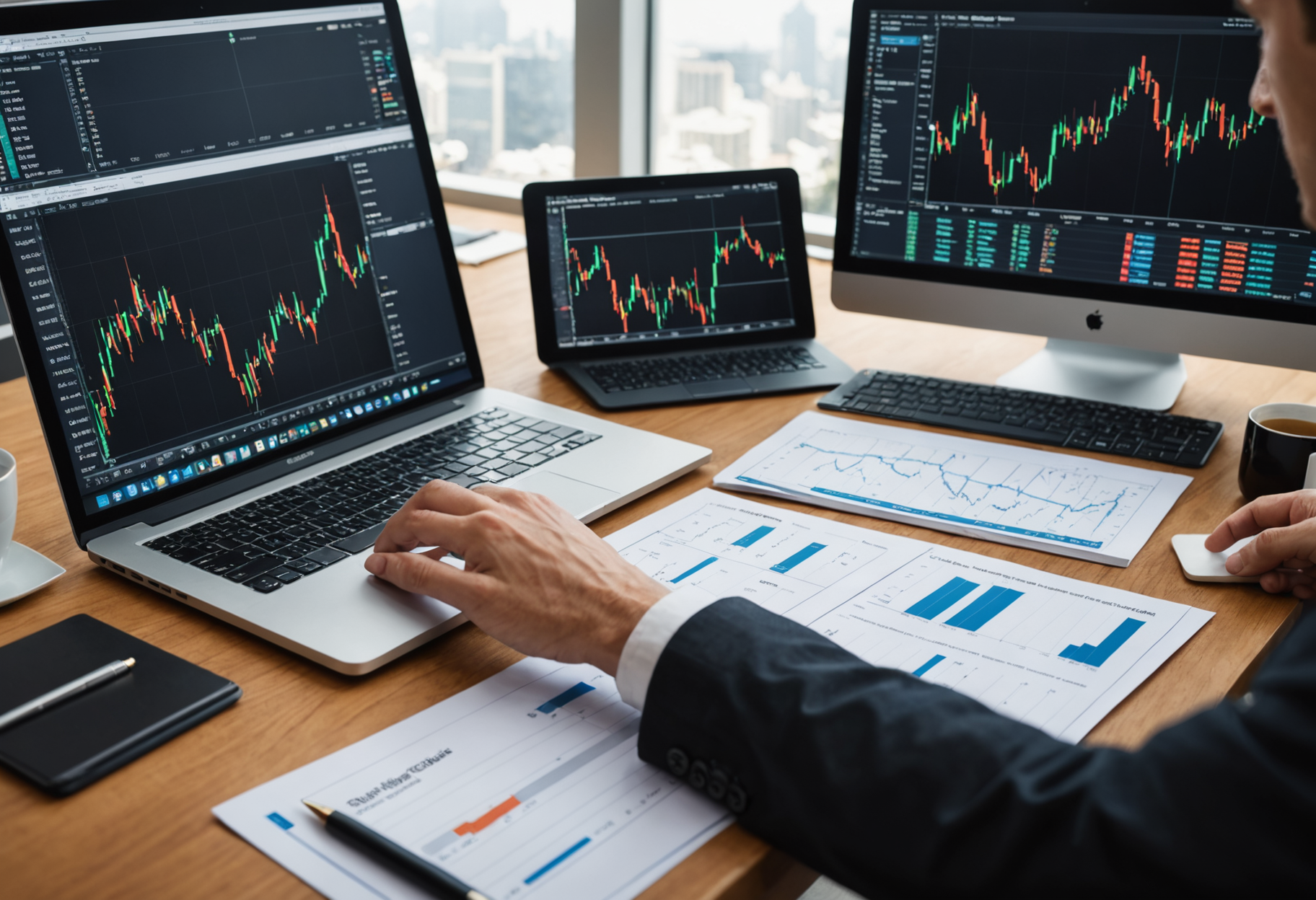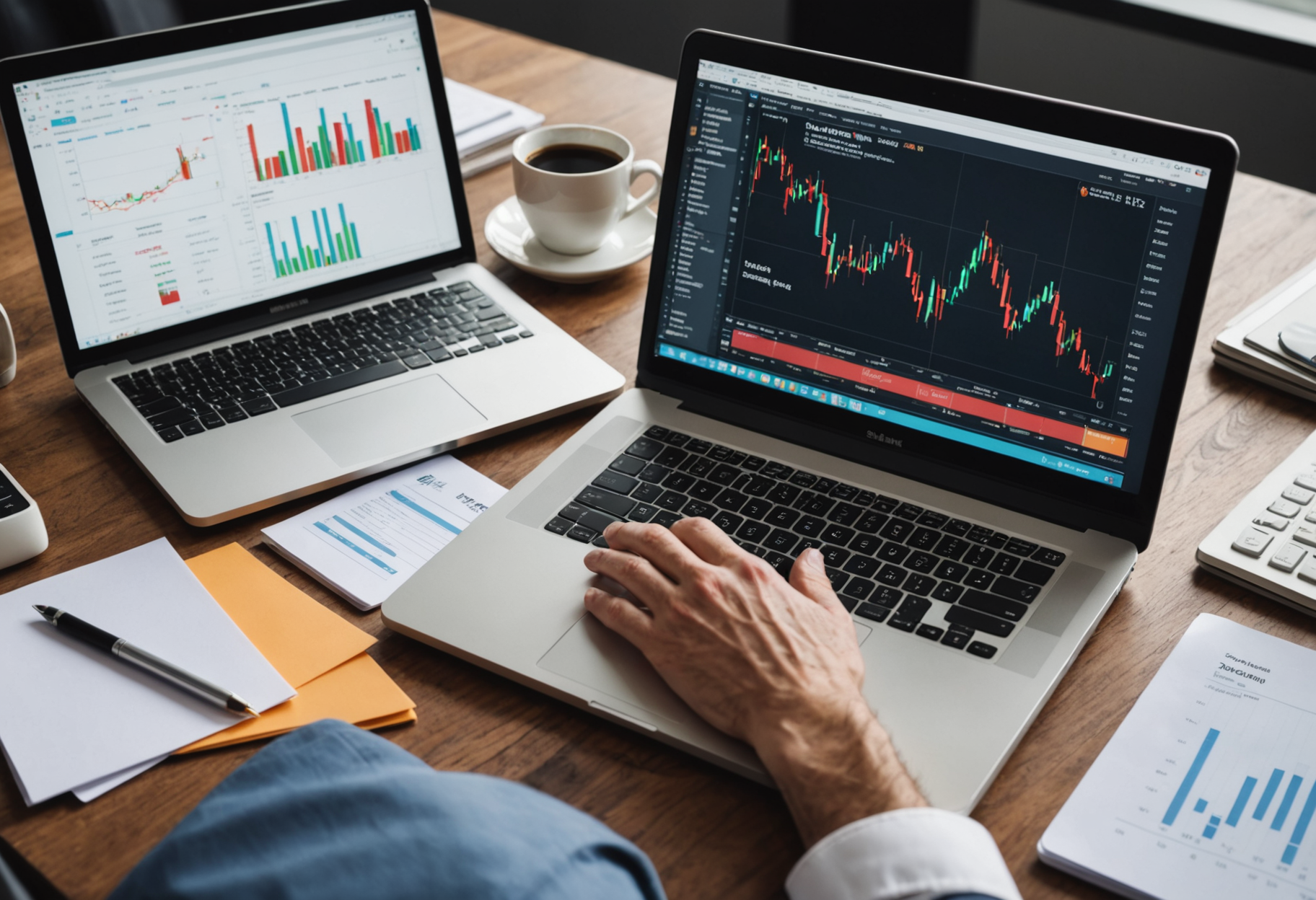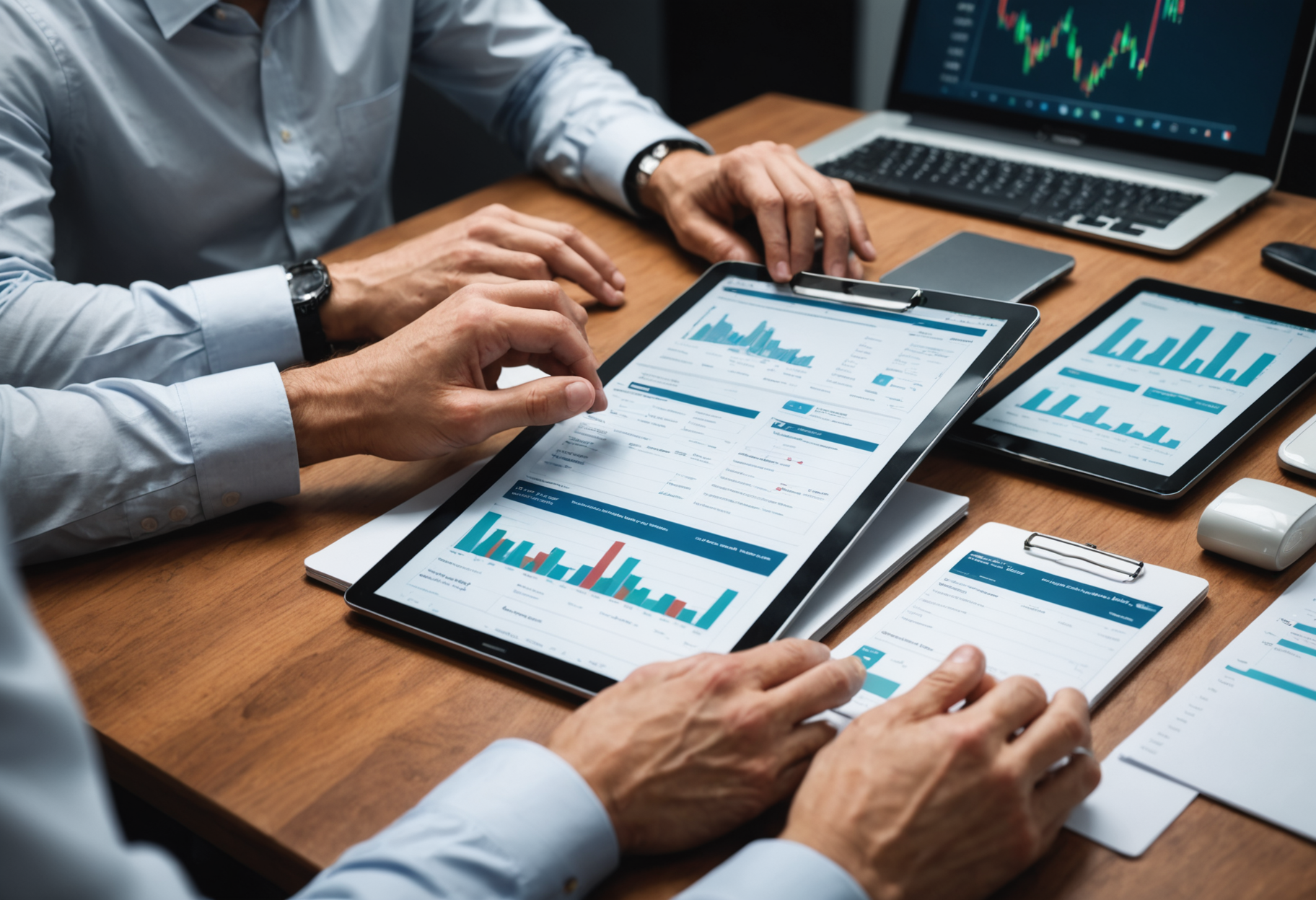What Is Paper Trading? It's a risk-free way for traders to simulate buying and selling financial instruments without using real money. Often utilized by beginners to practice strategies or by experienced investors to test new methods, paper trading offers a practical learning space without financial consequences. This article explores how paper trading works, its benefits, and how to get started.
Understanding The Basics Of Paper Trading

Paper trading is a simulation strategy where individuals trade stocks, options, or other financial instruments without risking real money. The term 'paper' comes from traders recording trades on paper, but now, most paper trading is done digitally through online trading platforms that mimic real market conditions. This allows users to experience the entire trading process—from analyzing charts to executing trades—without financial risk.
Why People Use Paper Trading

Paper trading is commonly used by new investors to build confidence and understand the dynamics of the stock market. More experienced traders use it to test new strategies or trading platforms before committing actual capital. By using paper trading, investors can fine-tune their decision-making skills in a real time environment while gathering critical experience without the emotional and financial stresses of real trading.
The Benefits Of Paper Trading

One of the biggest advantages of paper trading is that it allows traders to gain hands-on experience without financial risk. It helps users learn how to navigate market volatility, develop and refine strategies, and understand technical and fundamental indicators. Moreover, it can boost confidence and enhance discipline, which are key traits for successful investing. In short, paper trading is an invaluable educational tool for all trader levels.
Limitations Of Paper Trading

While paper trading offers many benefits, it also has some drawbacks. Since there's no real money involved, users might not experience the same emotional reactions—like fear or greed—that influence real-world trading decisions. Additionally, paper trading may not accurately reflect slippage, brokerage fees, or execution delays, which are part of live trading. As such, results from paper trading might overestimate potential profits.
How To Start Paper Trading

Getting started with paper trading is easy. Most reputable brokerage firms offer free paper trading accounts that simulate a real trading environment. Start by choosing a platform, setting up your virtual account, and exploring the interface. From there, you can create a watchlist, analyze charts, and place simulated trades just like you would with real money. It's important to approach it seriously as if your virtual funds were real.
Paper Trading VS. Real Trading

The key difference between paper trading and real trading lies in the psychological and financial stakes. With paper trading, there's no emotional involvement because there’s no real risk. In contrast, real trading involves genuine capital and can provoke high-stress situations that may affect decision-making. Effective use of paper trading can help individuals prepare for these emotions and transition more easily into live trading environments.
Best Platforms For Paper Trading

Several platforms offer excellent paper trading features. Thinkorswim by TD Ameritrade, Webull, Interactive Brokers, and TradingView are among the most popular. These platforms provide real-time market data, charting tools, and realistic trade execution models to help users gain a true-to-life trading experience. Choosing the right platform depends on your goals, whether it's stock trading, options, forex, or cryptocurrencies.
Tips For Effective Paper Trading

To make the most out of paper trading, practice as if your virtual portfolio was real capital. Set clear objectives, follow a trading plan, and evaluate your performance regularly. Avoid random trades just because it's virtual money. Instead, treat every move as a learning opportunity. Over time, this approach can help reinforce disciplined trading habits that are crucial when transitioning to real investing.
When To Move From Paper Trading To Live Trading

Knowing when to shift from paper to live trading depends on consistency and confidence. If you have a proven strategy that performs well over time and you’re psychologically prepared to handle the pressure of real trades, it may be time to go live. Begin with small amounts of capital and gradually increase as you gain more comfort. Transitioning wisely can help you avoid costly mistakes early in your investing journey.
Paper trading is an essential stepping stone for anyone looking to enter the financial markets. It provides a safe space to learn, test, and improve without risking hard-earned money. Whether you're a beginner looking to understand market basics or an expert refining advanced strategies, knowing 'What Is Paper Trading?' is key to building a solid foundation for successful real-world investing. Make it a part of your education and transition to live trading with greater confidence and preparedness.


